Content by Krista Ehlert
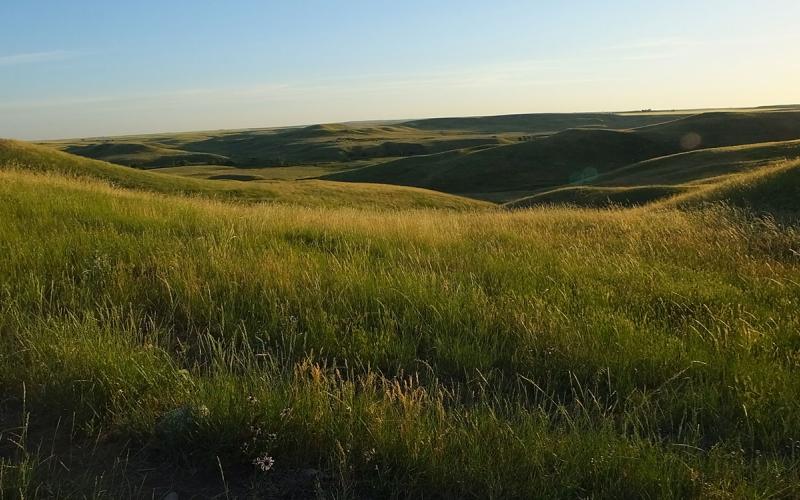
Range Beef Cow Research: Rangeland Soil Health
For rangelands to maintain productivity and produce adequate levels of forage, soil health must be sustained and function properly.
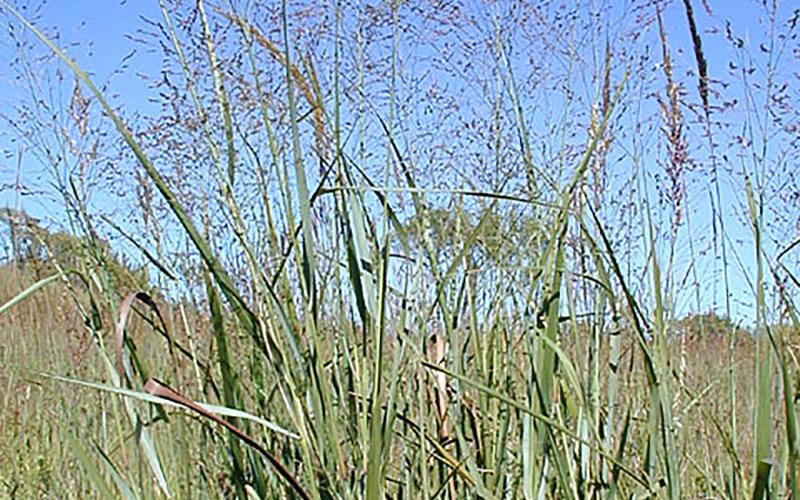
Warm-Season Grasses of South Dakota
Fact sheet about warm-season grasses in South Dakota.
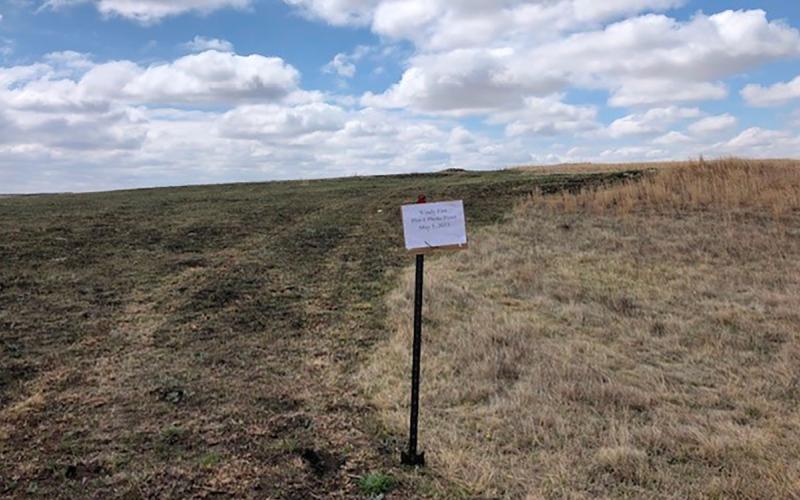
Range Roundup: Dormant Season Wildfire Project in Northwestern South Dakota
Two of the main environmental conditions that drive post-wildfire rangeland recovery include health of the rangeland ecosystem prior to the wildfire and climatic variables, such as precipitation or drought after the fire event.
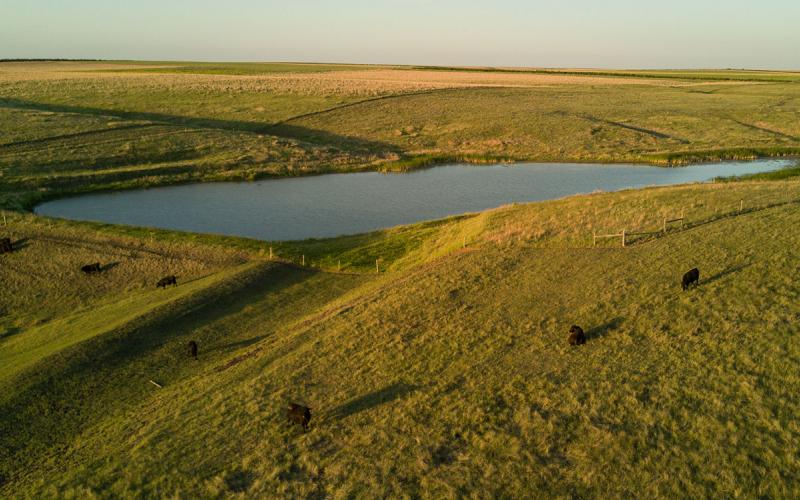
Cool-Season Grasses of South Dakota
Fact sheet about cool-season grasses in South Dakota.
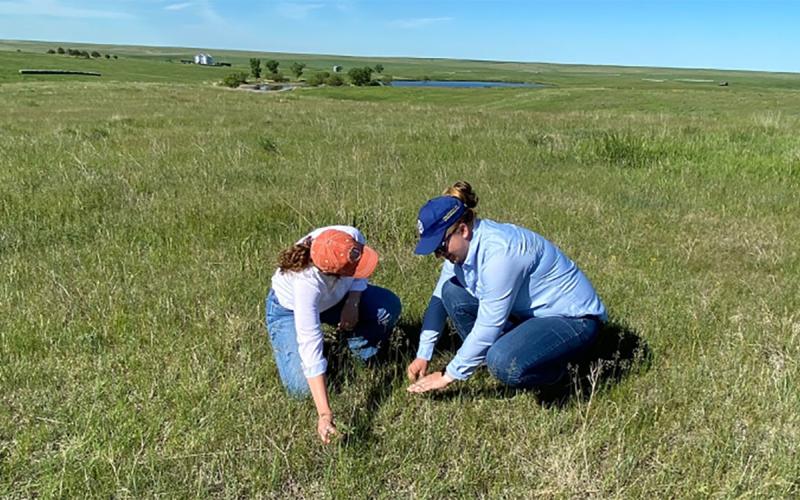
SDSU Extension to Host Women on the Range Mini Winter Workshop
December 29, 2021
Women in agriculture across South Dakota are invited to attend a Women on the Range Mini Winter Workshop in Fort Pierre and Pierre, South Dakota, on Jan. 14, 2022. Participants will learn about the importance of soil health and how to integrate it into their grazing management systems, as well as available winter feeding methods that also create ecosystem benefits.
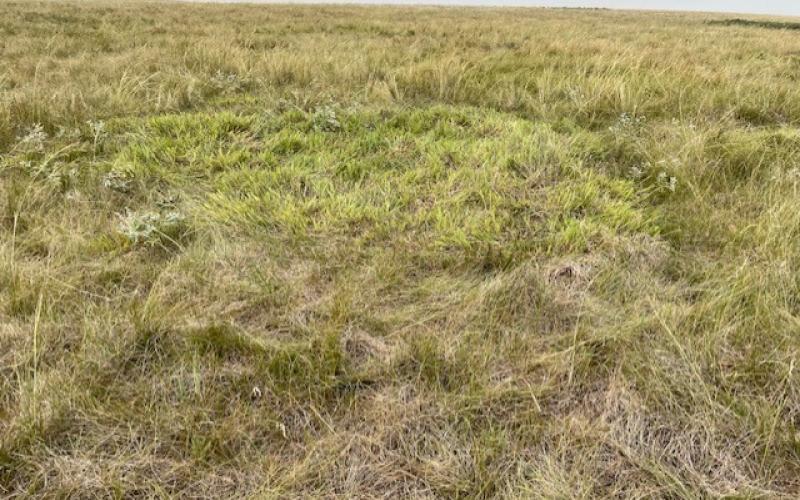
Targeted Grazing Strategies for Kentucky Bluegrass Control
Fact sheet for targeted grazing strategies for Kentucky bluegrass control.
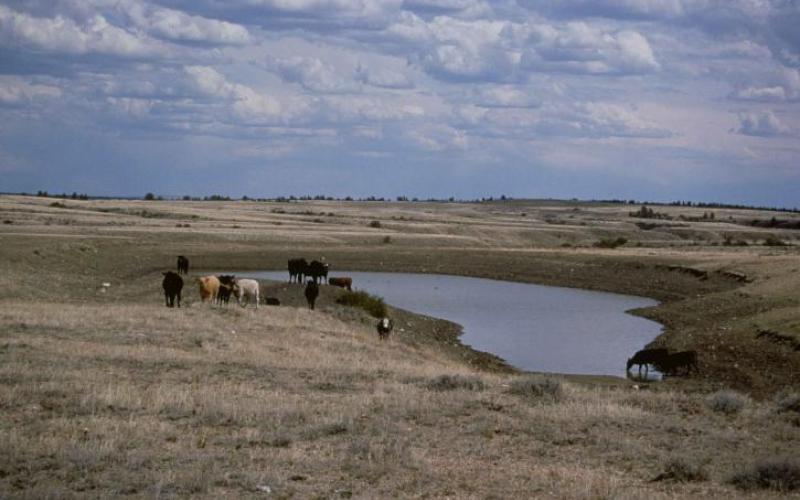
Ranch Drought Planning
Fact sheet with general drought planning tips from the range and natural resource perspective.
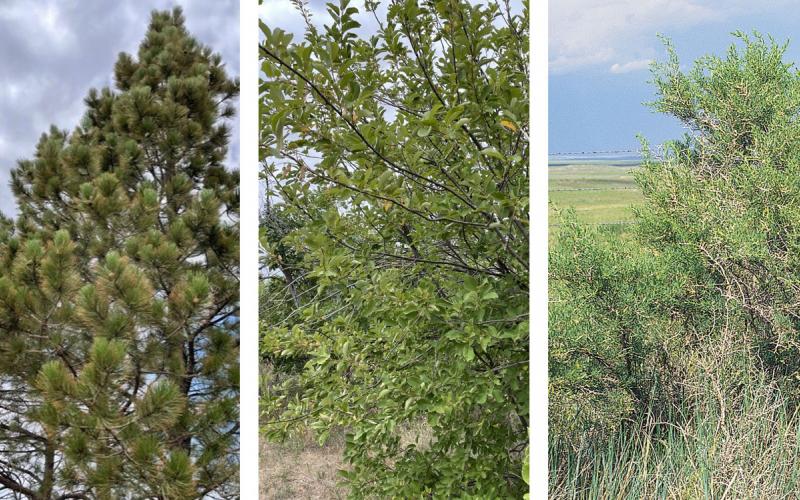
Poisonous Plants on Rangelands: Woody Species
Several woody plant species that are poisonous to livestock are found throughout South Dakota rangelands, including ponderosa pine, chokecherry, greasewood and broom snakeweed.
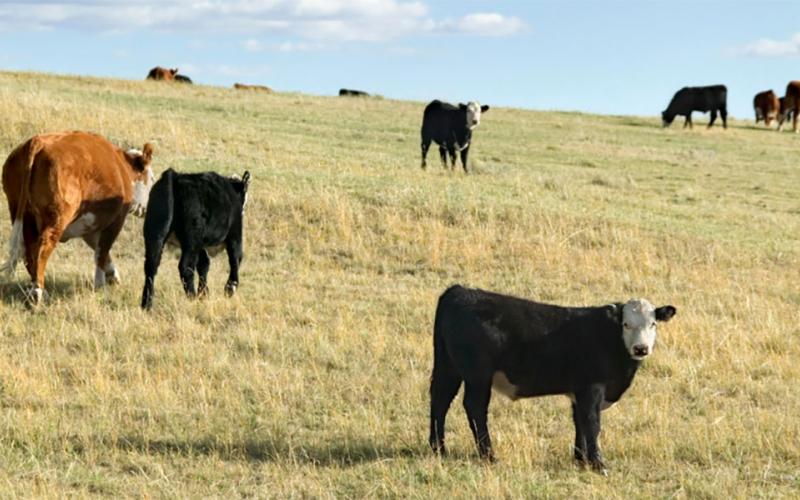
Sustainable Agriculture Curriculum Workshop Postponed
August 16, 2021
The Sustainable Agriculture Curriculum Workshop scheduled for Aug. 19 at the South Dakota State University Extension Pierre Regional Center has been postponed.

Range Roundup: South Dakota Women on the Range
With the percentage of women in agriculture expected to grow over the next few years, SDSU Extension will be launching a new program called South Dakota Women on the Range. The program will educate women about the importance of range management, while also empowering them to become leaders in the agriculture industry.